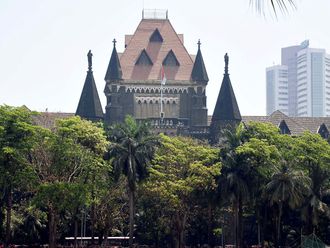Sydney: Lower interest rates will help Australia weather deteriorating conditions in the world economy, Treasurer Wayne Swan said.
“While weaker global demand inevitably impacts on our economy and government tax revenues, it’s important to remember Australia’s fundamentals remain strong,” Swan said on Monday in his weekly economic note. “We’ve got contained inflation, solid growth, low unemployment, healthy consumption, an enormous pipeline of investment that’s delivering greater export volumes, and now even lower interest rates.”
The Reserve Bank of Australia cut the overnight cash rate on October 2, ending a three-meeting pause, and will probably lower the benchmark interest rate again next month, according to a Bloomberg News survey. Governor Glenn Stevens is trying to support demand in retail, manufacturing and tourism industries as the nation’s resources boom peaks next year at a level lower than previously predicted.
“While some parts of our economy are under pressure from global headwinds, a high dollar and changing consumer behaviour, it’s encouraging that these much lower interest rates have come at the same time as unemployment is low and economic growth is healthy,” Swan wrote. “The cut in the cash rate last week was only possible because inflation is contained.”
The central bank lowered its benchmark interest rate by a quarter percentage point to 3.25 per cent, following 125 basis points of reductions from November to June. Twelve of 21 economists surveyed by Bloomberg News on October 2 estimated the RBA will lower the cash rate by a quarter point to 3 per cent on November 6.
Deepening downturn
Australia had the fastest first-half expansion in five years before companies including BHP Billiton Ltd announced they would scale back mining projects in response to lower prices of iron ore, the nation’s most valuable export.
Among signs the economy is slowing, Australia’s building industry shrank in September by the most in 12 months, led by a deepening downturn in residential and commercial construction, a private survey released October 5 showed.
Retail sales advanced at half the pace economists forecast in August as weaker demand at household-goods outlets and restaurants countered a rebound in spending at department stores, the Bureau of Statistics said on October 4.












